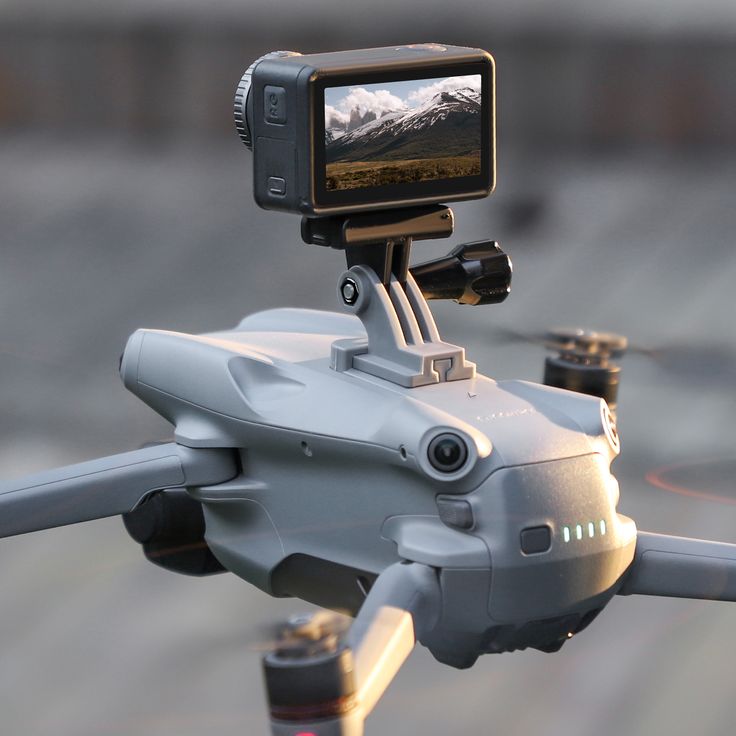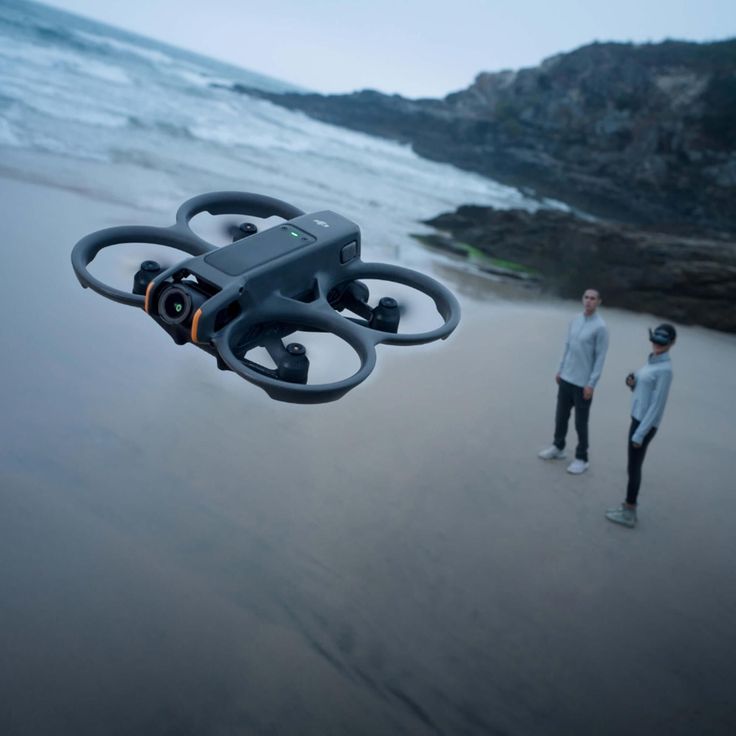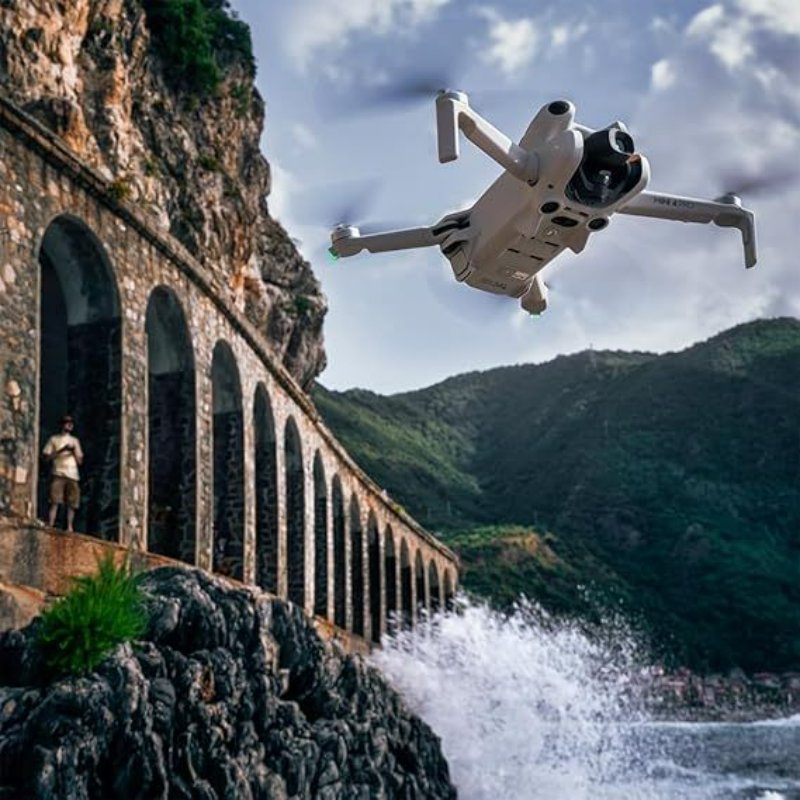The rapid advancement of drone technology has significantly transformed various industries. As drones become more accessible to enthusiasts and professionals alike, ensuring safety and compliance has become paramount. DJI, one of the leading drone manufacturers, has implemented a system of geo zones to help users navigate the regulatory landscape. In this article, we will explore the different DJI geo zones, how they impact drone operations, and what pilots must consider before taking to the skies.
What Are DJI Geo Zones?
DJI geo zones are designated areas where drone operations are either restricted or regulated based on safety, security, or privacy concerns. These zones primarily serve to protect sensitive locations, such as airports, urban areas, and government facilities. Understanding geofencing is crucial for every drone pilot. Geofences are invisible boundaries set by DJI within its flight control software. When a drone enters a geo zone, the software automatically restricts or alters its operation to ensure compliance with rules and regulations.
DJI employs different types of geo zones: No Fly Zones, Authorization Zones, and Warning Zones. Each of these zones has specific regulations that govern drone activity, depending on the user’s location and the nature of the drone operation. To better understand how these zones affect flight operations, it is essential to look at each type in detail. By grasping these concepts, drone pilots can optimize their flight experiences while adhering to necessary regulations.

No Fly Zones are areas where drone flight is strictly prohibited. These zones are designed to protect critical infrastructure and sensitive locations, such as airports, prisons, and military bases. The consequences of violating No Fly Zones can be severe and may result in law enforcement action, fines, or confiscation of the drone. Understanding these restrictions is imperative for all drone operators, especially those conducting commercial operations.
DJI has implemented a comprehensive list of No Fly Zones globally. In most cases, these zones are based on government regulations and designated with precision using GPS mapping. Before initiating a flight, pilots should always check the DJI Fly app and refer to local regulations to ensure they are clear of any No Fly Zones. Furthermore, pilots using the app can benefit from visual indicators that alert them when they are approaching restricted areas. By staying informed and proactive, pilots can avoid unwanted complications and enjoy their operations hassle-free.
Regardless of the intended purpose for flying, staying clear of No Fly Zones is critical for maintaining safety and compliance. For recreational and commercial pilots alike, understanding these restrictions enhances responsible flying practices. In addition to avoiding potential legal issues, respecting No Fly Zone regulations fosters goodwill within local communities and airspaces. Ultimately, being informed about No Fly Zones is an integral part of safe and effective drone operation.
Authorization Zones are areas where drone operations are permitted but require explicit authorizations from local aviation authorities. These zones typically encompass regions near airports or sensitive locations where flight operations may pose risks. To fly in these zones, pilots must seek approval through local or national aviation agencies, emphasizing the importance of compliance and safety.
Obtaining permission is a multi-step process. First, drone pilots must familiarize themselves with the specific Authorization Zone regulations in their area. This information can often be found through local aviation authority websites or ongoing communications with regulators. In some cases, drone operators may need to file a flight plan that outlines the purpose, duration, and altitude of the proposed flight. By demonstrating a commitment to safety and adherence to regulations, pilots can often secure the necessary permits.
The DJI Fly app provides vital support for pilots flying in Authorization Zones. The app offers notifications and prompts to guide users through the process of obtaining necessary approvals. Additionally, pilots can leverage the app to establish real-time communication with authorities, which further streamlines the compliance process. Ultimately, understanding and respecting Authorization Zones ensures the integrity of airspace safety, benefiting all users of the skies.
Navigating Authorization Zones can be a complex process. However, it’s essential for any pilot who wishes to operate in restricted environments. By acquiring the necessary permissions, drone operators not only comply with regulations but also demonstrate professionalism and responsibility. Understanding and effectively managing Authorization Zones is crucial for fostering positive relationships with aviation authorities and community stakeholders.

Understanding Warning Zones: Staying Informed for Safer Flights
Warning Zones are areas where drone pilots must exercise heightened caution, but flight is not entirely restricted. These zones may include locations with increased air traffic, critical infrastructure, or event venues. While Warning Zones do not outright prohibit drone operations, they serve as alerts that pilots should be particularly mindful of their surroundings and potential hazards.
DJI designs Warning Zones to enhance situational awareness for drone operators. When entering these zones, pilots receive prompts and messages through the DJI Fly app, encouraging them to be vigilant and assess possible risks before conducting any flight. By implementing these alerts, DJI aims to reduce accidents and ensure that pilots are fully informed.
Utilizing the information presented in Warning Zones allows drone operators to make informed decisions. For example, if a pilot is flying in a Warning Zone near an airport, staying mindful of air traffic is paramount. Maintaining clear communication with air traffic control, even when not legally required, can significantly enhance safety. Pilots should always prioritize safety over convenience by choosing not to fly in such zones when the risks outweigh the benefits.
Remaining knowledgeable and vigilant in Warning Zones is essential for safeguarding both the pilot and the general public. By adhering to regulations and exercising caution, drone operators contribute positively to community relations and promote responsible drone use. Understanding these areas helps ensure that flights are completed without incident, ultimately benefiting everyone involved.
The Importance of Pre-Flight Checklists: Staying Compliant and Secure
Before launching a drone, conducting pre-flight checks is indispensable for any pilot, especially when navigating DJI geo zones. A thorough pre-flight checklist serves as the foundation for ensuring safe and compliant operations. This checklist should include verifying the current geo zones, assessing weather conditions, checking battery levels, and ensuring the drone is functioning properly.
By confirming the present geo zones, pilots can proactively avoid restricted areas and ensure compliance with regulations. Understanding current weather conditions can also impact tactical decisions regarding flight paths, altitudes, and safety protocols. An informed pilot is better equipped to identify potential challenges and adapt to changing circumstances.
In addition to compliance, effective pre-flight checklists foster a culture of responsibility among drone operators. This precautionary approach serves to build trust within the community. Following thorough pre-flight protocols not only enhances the safety of operations but also demonstrates a commitment to professional standards. Consistent practice of these checklists ultimately results in more enjoyable and successful drone flights.
Regularly updating and refining pre-flight checklists is also vital. Keeping abreast of changes within DJI’s geo zones and any shifts in local regulations will help pilots remain informed. Pilots should participate in ongoing training and education to stay equipped for evolving challenges. By prioritizing preparation, drone operators can optimize their flying experiences while maintaining compliance and safety.

Future Trends in Drone Regulations and Geo Zones
The landscape of drone regulations is continuously evolving. As drone technology advances and the number of operators increases, it becomes vital for regulatory bodies and manufacturers to adapt. Emerging trends suggest that we will witness greater integration between aviation authorities, manufacturers, and drone operators. This collaboration can foster better compliance with geo zones while improving the safety of airspaces.
One notable trend is the rise of drone identification systems. These systems can help authorities monitor drone activity and ensure operators adhere to regulations in real-time. As technology advances, regulators will likely develop more sophisticated monitoring solutions that incorporate geo zone data. Consequently, drone pilots must be aware of these developments and ready to comply with more advanced airspace management techniques.
Data-sharing arrangements between drone manufacturers, operators, and regulators are expected to evolve. Collaborative frameworks will allow for improved insights into the behavior of drone pilots and the effectiveness of current geo zones. Such cooperation will contribute to heightened safety measures, reinforcing the importance of compliance and responsible operation.
Drone education and training programs are also anticipated to expand. With knowledge of geo zones at the forefront of frameworks, these programs will help cultivate a culture of safety. Regulatory bodies may introduce tools and resources designed to aid drone pilots in understanding the nuances of geo zones, including dynamic regulatory changes. By emphasizing education and encouragement, the drone industry can continue to flourish responsibly.
Conclusion: Drones in a Regulated World
In summary, understanding DJI geo zones is paramount for responsible drone operation. Each zone—from No Fly Zones to Authorization and Warning Zones—presents unique challenges and opportunities for drone pilots. By familiarizing themselves with these areas, adhering to regulations, and implementing effective pre-flight checklists, pilots contribute to the overall safety of airspace.
The future of drone regulations is full of potential, and staying informed is crucial for operators. As technological trends and safety measures continue to evolve, responsible pilots must remain proactive in their compliance efforts. Ultimately, respecting geo zones not only enhances flights but also builds trust within communities and regulatory bodies. Together, we can ensure a safe, fly-friendly environment for everyone.